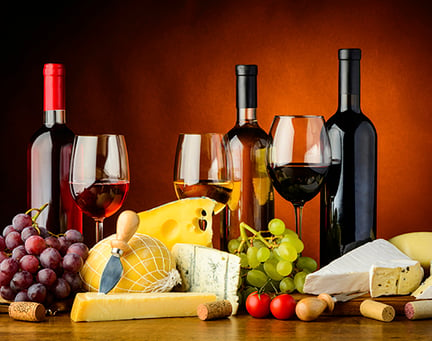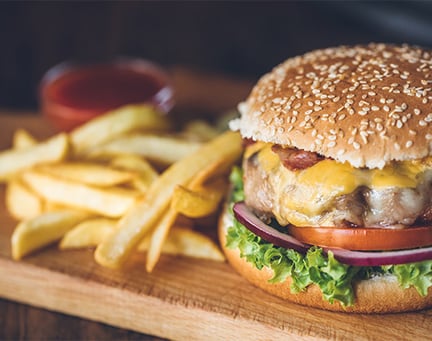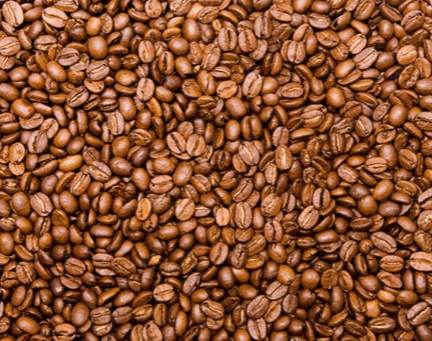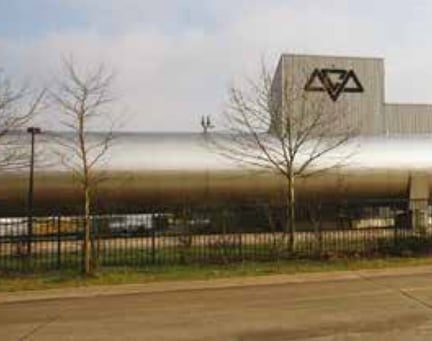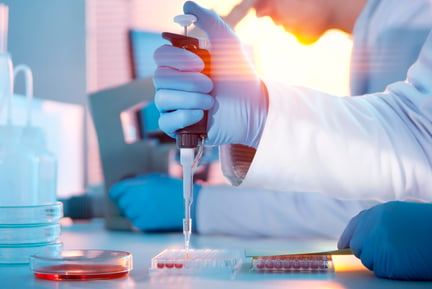With the scope for differentiation diminishing, there is a need to look at newer ways for certification bodies to provide more value to their customers – be it through training, technology or data-driven insights.
Over the past 20 years, certification bodies (CB) have transformed their image from cost centres that support company commitments to food standards, to organisations that deliver measurable benefits for the entire food supply chain.
More than certification for certification sake, the CB product is now associated with process refinement, brand protection and the strategies for continuous improvement that are the foundation of today’s safe and sustainable business practices.
Future of third-party auditing
Yet, if you listen to their clients, CBs need to offer more. The future of third-party auditing lies in specialisation, using technology to make the auditors’ role less intrusive and more cost-effective, and finding better uses for the enormous amount of data they collect.
Simply put, brand-conscious food retailers and manufacturers want 3rd-party safety and quality certifications to be more than just a licence to supply an increasingly educated consumer market.
That said, being a trusted third-party organisation with the skills to certify companies against basic standards will never lose its value; nor will the identification of non-conformities that can be addressed to lessen food risks for the consumer.
Food Leadership Webinar Series
The future of food safety auditing will be the topic of the first webinar in our new Food Leadership Webinar Series. In partnership with Food Safety Magazine, we’re inviting Industry leaders to talk about the issues facing the food safety sector. Find out more and register here.
Food Leadership Webinar Series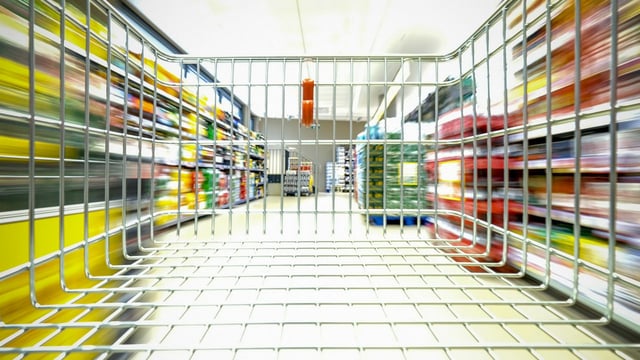
How can a CB differentiate itself?
There will always be a growing foundational business for CBs; however, they are finding it increasingly difficult to differentiate themselves from the pack, especially among the top organisations.
Part of the challenge is that CBs all certify the same asset classes, processes and products to the same set of industry food standards. And, by design, the principles of certification discourage differentiation.
They recognise that adherence to food safety standards should not be a competitive advantage within the industry: one major food producer should not be certified safer than another; consumers need a consistently high level of safety, irrespective of location, process or product.
So how can a CB differentiate itself from the pack and avoid the inevitable race to the bottom on price for certifying against basic standards?
1. Training
One way, increasingly adopted by the leading proponents of certification, is training. In a business where standardisation is the pervasive, there is no universal training exam for food auditors like there is for, say, accounting. This presents an opportunity for CBs to differentiate themselves.
The top food producers expect their independent auditors to have more than a good working knowledge of management systems; they want depth of knowledge and specialisation.
To be considered food-sector specialists, like LRQA, auditors need to undergo training that combines extensive systems knowledge with strategic specialisation in specific food types, processes or other production risks such as allergens, contamination or labelling.
Flexible, targeted training strategies are the foundation for building a specialist workforce that addresses shifting demands from the food industry, and can be a differentiator among CBs.
2. Use of modern technology
The inexorable march of technology and digitalisation also hold promise for the future of third-party auditing.
There has been much written about remote inspection’s potential to lower the cost of audits without compromising the safety of the food chain; with so few active pilots to back that up, sometimes it’s hard to distinguish progress from promise. What is clear is that the major food producers need better visibility of upstream suppliers and there is maturity capable of providing it.
Upstream visibility is not only required for safety reasons; aware consumers, empowered by the Internet of Things, are increasingly demanding evidence of a socially responsible supply chain for their food. They want to know from where the product was sourced and the conditions under which it was manufactured and harvested.
For the global food manufacturers, wearable technology such as ‘smart’ glasses may provide an answer. An operator not trained in food safety could conduct a basic audit wearing smart glasses at a remote certification site, while a trained auditor directs the process and communicates with the wearer through audio-video feed from an office in another part of the world.
Proponents of wearable technology believe the travel savings alone would be significant, before even factoring in the qualitative benefits of live training for apprentices. Approved factory routines could be embedded into the glasses so that employees undertaking safety-critical tasks on a production line can get real-time guidance.
Scanning a Quick Response code on equipment could make visible instructions on how to operate it, or it may be possible to download reference or procedural manuals for tasks such as changing production lines, reducing the potential for cross-contamination.
Smart glasses’ ability to support and enhance data collection could also offer competitive advantages to first-mover CBs; in general, digitalisation holds a promising future for the certification business.
3. Data driven insights
Most CBs, particularly those with a global presence, produce and store vast quantities of data, the full potential of which is not being realised. Their auditors inspect every link in the industry’s food chain, but they currently don’t fully exploit the data they generate.
Their clients would like to see the management information collected by CBs used to generate better business intelligence such as industry benchmarks, comparative GAP analyses and basic reports on how to better manage company businesses.
The next step is predictive analytics. Auditing a food manufacturing and retail chain with multiple outlets is a relatively expensive, resource-intense activity.
The data held by CBs has the potential to simplify that by providing intelligence that would allow auditors to target the locations that present the greatest risk; calendar-based inspection regimes could be transformed into condition-based ones, with the inherent cost savings.
Taken a step further, the information could be anonymised and stored in a central databank that produces intelligence on industry trends; if production plants in Eastern Europe start to see higher rates of contamination during a common production process, factories elsewhere could be made aware of the potential threat.
Today, very few CBs are equipped to take advantage of the industry data they hold. For one, a transition to using predicative analytics would require most to acquire an entirely different organisational skillset, one where food and systems experts work side by side with data analysts and data scientists.
In the era of big data and escalating technological advance, its would be easy to lose sight of the fact that the future for independent food-safety organisations is in finding better ways to provide support for the integrity of the food chain.
The future for third-party auditing is in providing real-time assurance, and the solution may not always be certification.
What’s next?
Whether that is guidance on industry standards, safe practice, quality maintenance, sustainability, corporate social responsibility, or data-driven intelligence, tomorrow’s CBs will use risk-based systems to find a solution.
The future for third-party auditing is in providing real-time assurance, and the solution may not always be certification.


